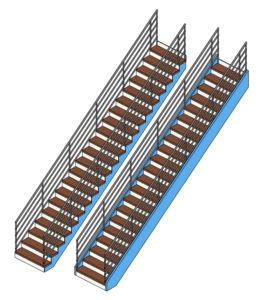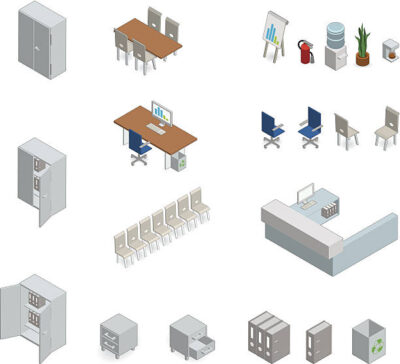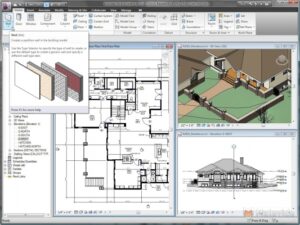There are various types of Revit families that can be created and used in Autodesk Revit software. Here are some commonly used types:
- Furniture Families: These families include chairs, tables, desks, sofas, beds, cabinets, and other furniture items that can be placed in architectural models.
- Fixture Families: These families include plumbing fixtures such as sinks, toilets, showers, bathtubs, faucets, and other bathroom or kitchen fixtures.
- Lighting Families: These families include light fixtures such as ceiling lights, wall sconces, pendant lights, recessed lights, and other types of lighting fixtures.
- Equipment Families: These families include various types of equipment such as HVAC (heating, ventilation, and air conditioning) components, electrical panels, generators, pumps, and other mechanical and electrical equipment.
- Door Families: These families include different types of doors such as swing doors, sliding doors, folding doors, revolving doors, and other door types with various parameters and configurations.
- Window Families: These families include different types of windows such as casement windows, sliding windows, fixed windows, awning windows, and other window types with various parameters and configurations.
- Structural Families: These families include structural components such as beams, columns, walls, foundations, trusses, and other elements used in structural modeling.
- Annotation Families: These families include 2D and 3D annotation elements such as text, dimensions, symbols, tags, and other graphic representations used for documentation and annotation purposes.
- Detail Families: These families include 2D and 3D components used for detailing and adding additional information to the architectural and structural models, such as details for construction elements or specialized components.
These are just a few examples of the types of Revit families that can be created and utilized in Autodesk Revit. The software provides a wide range of options for customizing and creating families to meet specific design and modeling requirements.


